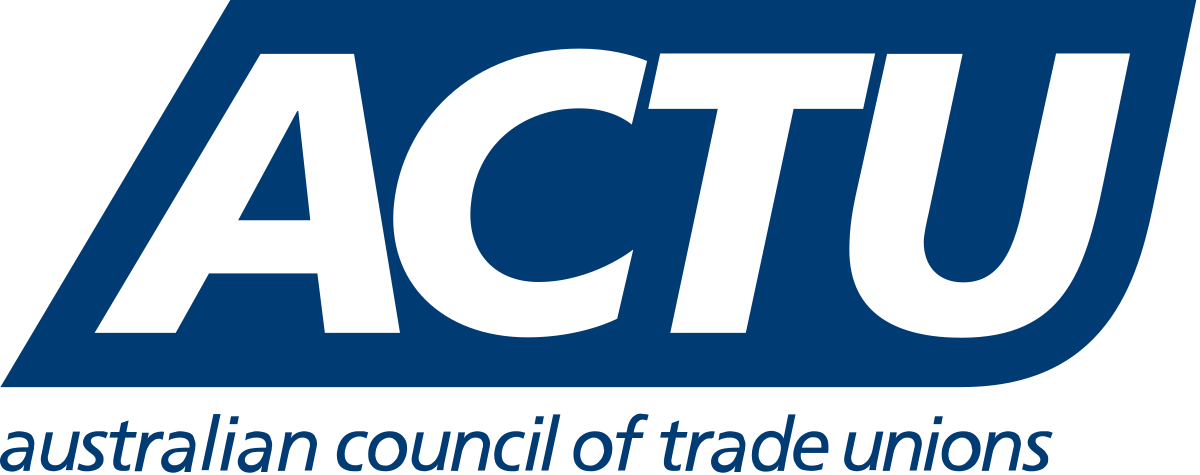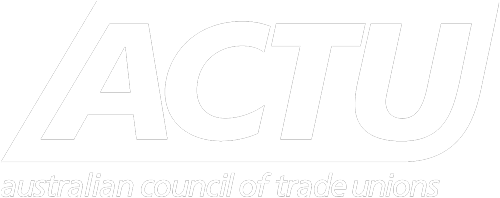The Productivity Commission’s proposal for an 18 week, government-funded paid maternity leave scheme would bring relief and financial security to tens of thousands of working mothers and their families, says ACTU President Sharan Burrow.
“Eighteen weeks is a good start to help women recover from childbirth, bond with their baby and establish feeding. Two-thirds of women currently have no access to paid leave and many return to work too early because they can’t afford rent, mortgage and household bills. This scheme, combined with 2 weeks paid paternity leave, would begin to alleviate the financial and emotional pressure.”
Ms Burrow says the proposed scheme should also require employers to “top up” the government payment so women have their income fully replaced while on leave.
“The Productivity Commission’s model only offers a government payment at the federal minimum wage level ($543.78 per week), with 9% superannuation paid by employers.
“An employer top up would be an investment in the well-being of employees, with women more likely to return to work in good mental and physical health.”
It would also be an appropriate way of valuing the skills women bring to our workplaces.
“Australia’s economic expansion in the last 15 years has been fuelled by record numbers of women entering the workforce.
“To sustain this growth, every effort should be made by employers to help female employees balance work and family responsibilities. Modernizing the workplace culture is in everybody’s interest,” says Ms Burrow.
The ACTU says “stay at home” mothers should also receive an equivalent 18 week payment, in recognition that most are in paid work at the time of the birth of their first child and the majority will be again when children are older.
Ms Burrow says the Productivity Commission should also re-think the possibility of allowing women to access some of the 18 week scheme before the birth of their child.
The ACTU says the scheme should be introduced in the 2009 federal budget or sooner to move Australia into line as quickly as possible with international standards.







